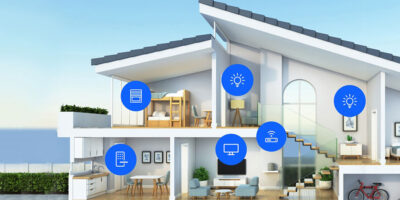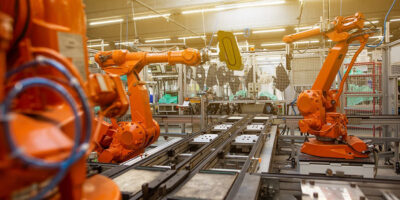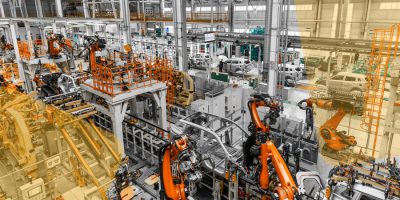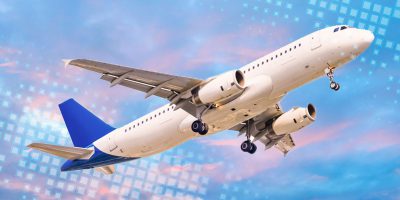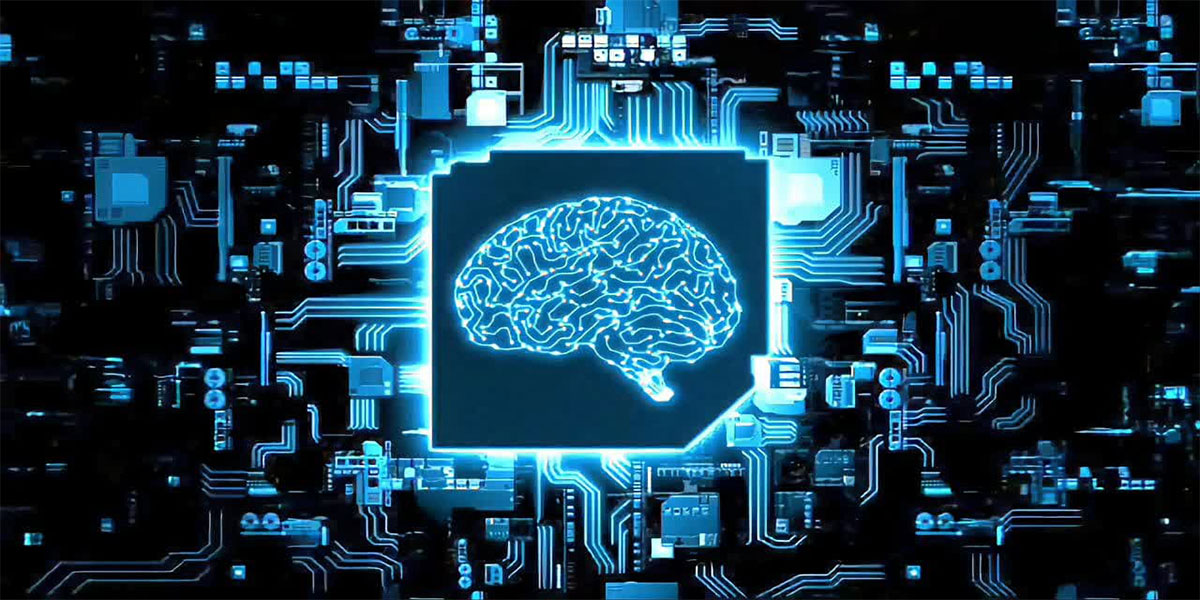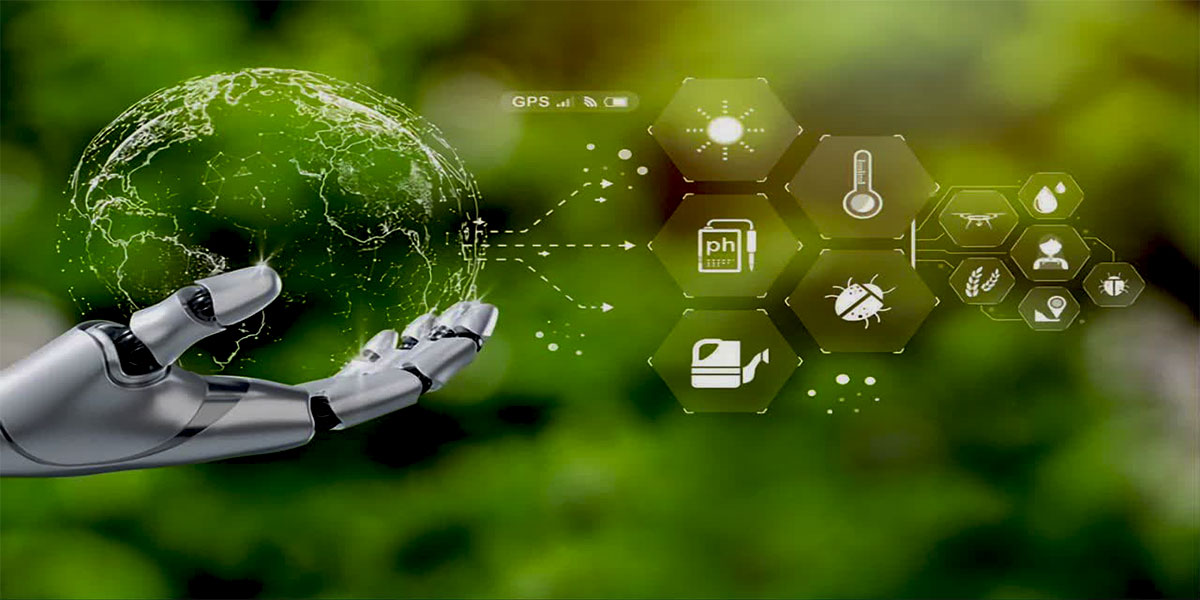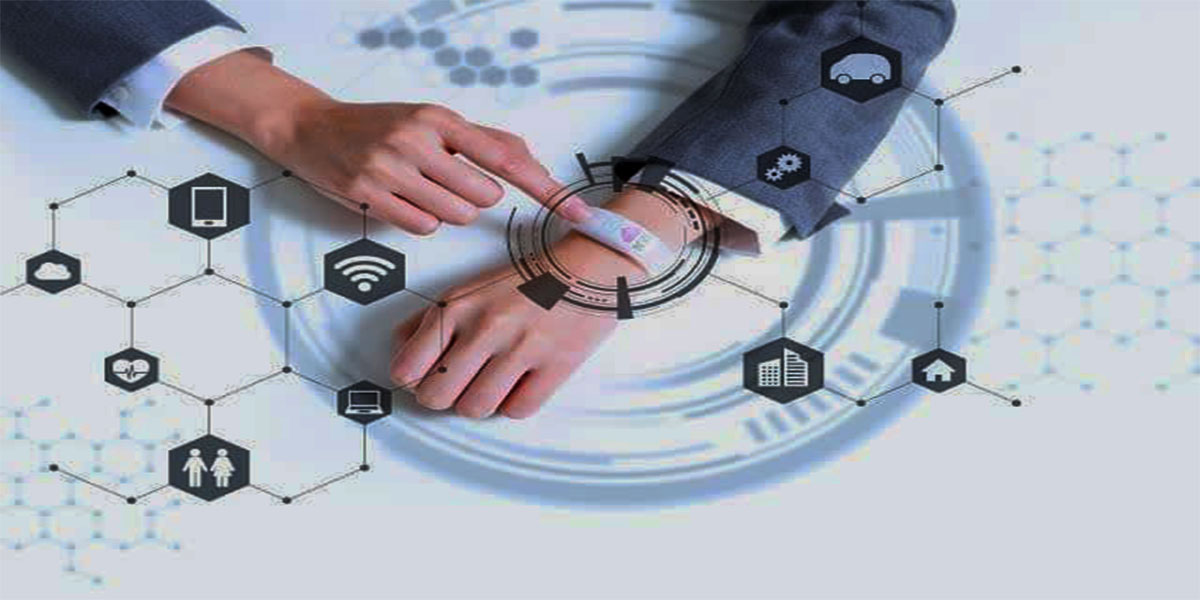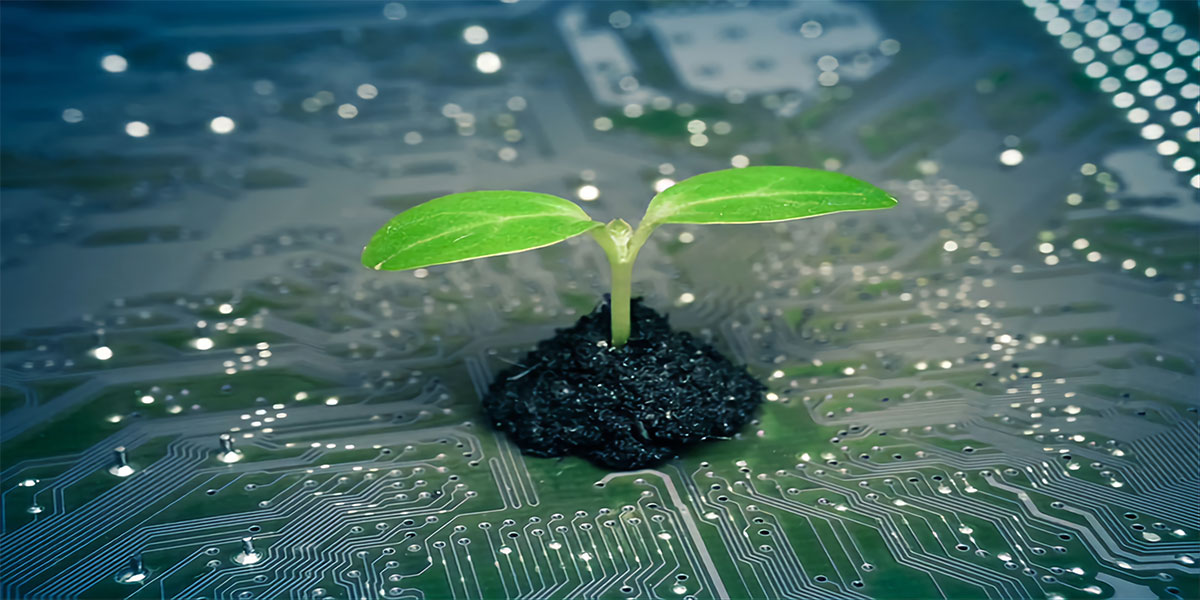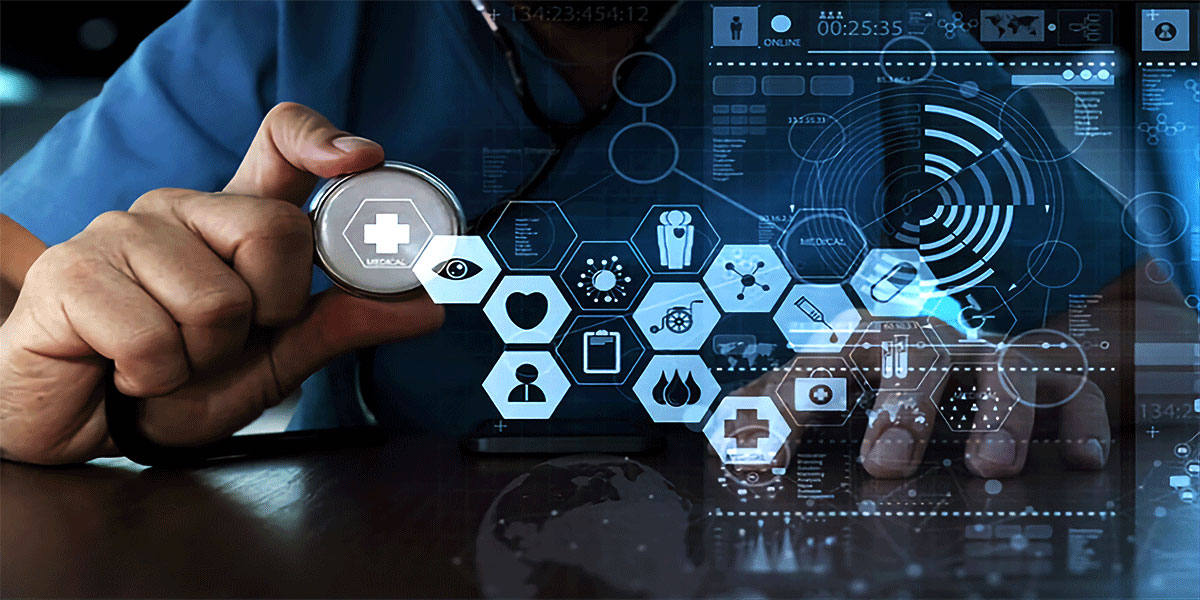In recent years, the convergence of printed circuit boards (PCBs) and the Internet of Things (IoT) has unleashed a wave of innovation, transforming the way we interact with devices and the world around us. The marriage of PCB technology and IoT connectivity has given rise to a new generation of smart devices that are revolutionizing various industries, ranging from healthcare and manufacturing to transportation and agriculture. In this article, we will explore the pivotal role of PCBs and IoT in powering these devices and delve into some remarkable applications across different sectors.
The Rise of PCBs and IoT:
Printed circuit boards (PCBs) form the backbone of modern electronic devices. They are thin, flat boards made of non conductive materials, with conductive pathways etched or printed onto their surface. PCBs provide the electrical connections between various electronic components, enabling the proper functioning of devices. Over the years, advances in PCB technology have led to increased miniaturization, improved performance, and enhanced functionality.
Simultaneously, the Internet of Things (IoT) has gained significant momentum. IoT refers to the network of interconnected devices embedded with sensors, software, and connectivity capabilities that enable them to collect and exchange data. By leveraging the power of the internet and wireless connectivity, IoT has opened up a world of possibilities for smart and interconnected devices.
Powering Devices with PCBs and IoT:
The integration of PCBs and IoT has enabled the creation of intelligent devices that can sense, analyze, and respond to their environment in real time. Here are some notable examples:
1. Smart Home Automation:
PCBs and IoT have transformed traditional homes into smart homes. PCBs power devices such as smart thermostats, lighting systems, security cameras, and home assistants. These devices leverage IoT connectivity to communicate with each other, providing homeowners with enhanced control, energy efficiency, and security.
2. Wearable Technology:
Wearable devices like smartwatches, fitness trackers, and medical monitors rely on PCBs and IoT to deliver a seamless user experience. PCBs enable the miniaturization of components while ensuring reliable connectivity and power management. These devices collect vital health data, communicate wirelessly with smartphones or the cloud, and provide valuable insights to improve personal well being.
3. Industrial IoT (IIoT):
PCBs and IoT have brought about a new era of connectivity and automation in industries. IIoT devices powered by PCBs enable real time monitoring of equipment, predictive maintenance, and efficient resource management. This integration enhances productivity, reduces downtime, and optimizes overall operational efficiency.
4. Smart Agriculture:
Agriculture has embraced PCBs and IoT to facilitate precision farming. Sensors integrated into PCBs monitor soil moisture, temperature, and nutrient levels. Coupled with IoT connectivity, farmers can remotely access and analyze data, enabling precise irrigation, fertilization, and crop management, resulting in improved yields and reduced resource wastage.
5. Healthcare Advancements:
In the healthcare sector, PCBs and IoT have revolutionized patient monitoring, telemedicine, and medical diagnostics. Wearable medical devices, implantable sensors, and connected medical equipment powered by PCBs and IoT enable continuous health monitoring, remote consultations, and early disease detection, leading to more personalized and efficient healthcare solutions.
Challenges and Future Outlook:
While the integration of PCBs and IoT has unlocked immense potential, it also poses challenges. Security and privacy concerns, interoperability issues, and the need for power optimization are among the key areas that require attention.
Looking ahead, the future of devices powered by PCBs and IoT appears promising. Advancements in PCB manufacturing techniques, such as flexible and 3D printed PCBs, will drive further miniaturization and enable new form factors. Additionally, the emergence of 5G networks will provide faster and more reliable connectivity, empowering IoT devices to deliver richer and more immersive experiences.
Conclusion:
The fusion of PCB technology and IoT has paved the way for a new era of smart, connected devices across various sectors. From smart homes and wearables to industrial automation and healthcare, the power duo of PCBs and IoT has revolutionized the way we interact with technology. As advancements continue, we can expect to witness further breakthroughs and transformative applications, making our lives more efficient, convenient, and connected than ever before.

